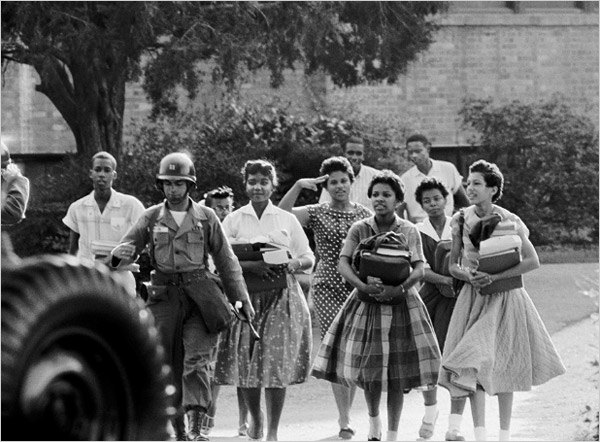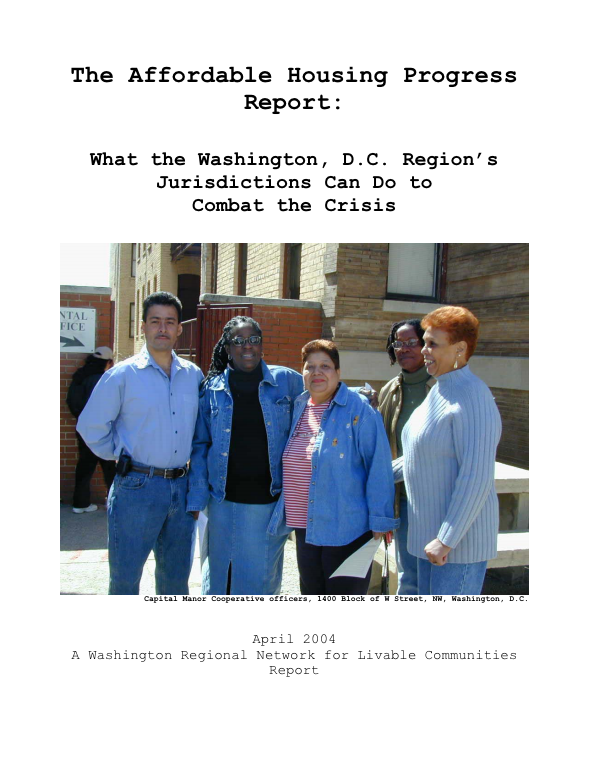School Desegregation: The Justice Department's Decision And Future Of Integration Efforts

Table of Contents
The Historical Context of School Desegregation
The history of school segregation in the United States is a long and complex one, marked by systemic racism and the denial of equal educational opportunities. For decades, "separate but equal" facilities were legally mandated, resulting in vastly unequal resources and educational outcomes for Black students. The fight for desegregation began long before Brown v. Board of Education, with activists and community leaders persistently challenging the discriminatory system.
- Key Milestones:
- Plessy v. Ferguson (1896): This Supreme Court case established the "separate but equal" doctrine, legally sanctioning segregation.
- Brown v. Board of Education (1954): This landmark ruling declared state laws establishing separate public schools for black and white students unconstitutional, overturning Plessy v. Ferguson.
- Civil Rights Act of 1964: This act outlawed discrimination based on race, color, religion, sex, or national origin, including in schools.
- The 1970s and Beyond: Despite legal mandates, many school districts faced significant resistance to desegregation, employing tactics like busing and redrawing school boundaries to achieve racial balance. These efforts often met with significant community backlash.
Despite these legislative actions and court rulings, achieving meaningful school desegregation remains a significant challenge. Persistent challenges to racial equality and educational equity continue to plague the system. The legacy of segregation continues to manifest in disparities in school funding, teacher quality, and access to resources.
The Justice Department's Current Role in School Desegregation
The Justice Department, through its Civil Rights Division, plays a crucial role in enforcing federal laws prohibiting discrimination in education. Their mandate includes investigating allegations of school segregation, negotiating desegregation plans with school districts, and litigating cases when necessary. The Department's actions significantly impact the trajectory of school integration efforts across the nation.
Recent Justice Department actions have focused on:
- Investigating claims of discriminatory practices: This includes examining school assignment policies, disciplinary practices, and resource allocation to determine if they disproportionately affect minority students.
- Negotiating desegregation agreements: The Department works with school districts to develop and implement plans to address identified segregation.
- Filing lawsuits: In cases where voluntary compliance is not achieved, the Justice Department can file lawsuits to enforce desegregation mandates.
The impact of these policies varies widely depending on the specific context and political climate. Some argue that the Department's enforcement has been insufficient, while others criticize its interventions as overly intrusive. Specific examples of cases and interventions vary significantly, showcasing the complexities of this ongoing struggle.
Challenges to Achieving School Desegregation in the 21st Century
Achieving meaningful school desegregation in the 21st century presents numerous complex challenges. These challenges often intertwine and reinforce each other, making progress difficult.
- Residential Segregation: Concentrated poverty and racial segregation in housing patterns often translate directly into segregated schools.
- Funding Disparities: Schools in predominantly minority neighborhoods often receive less funding than those in wealthier, predominantly white communities. This funding gap exacerbates existing inequalities.
- Resistance to Integration Efforts: Some communities actively resist integration efforts, citing concerns about busing, academic performance, or other factors.
- School Choice Initiatives: The impact of school choice programs on school desegregation is a complex and contested issue.
The Impact of School Choice Initiatives on School Desegregation
School choice initiatives, such as school vouchers and charter schools, have generated significant debate regarding their impact on school desegregation. While proponents argue that these programs offer families greater flexibility and potentially lead to more integrated schools, critics point to the risk of increased segregation, particularly if these choices reinforce existing residential patterns. Some school choice programs might inadvertently exacerbate existing inequalities by diverting resources from public schools serving predominantly minority populations.
Future Directions for School Desegregation Efforts
Advancing school desegregation requires a multi-pronged approach encompassing policy reforms, community engagement, and legal action. Strategies for the future must focus on addressing the root causes of segregation rather than simply treating the symptoms.
- Targeted Funding Mechanisms: Redistributing resources to address existing funding disparities between schools is essential.
- Community-Based Initiatives: Engaging local communities in developing and implementing integration plans is crucial for building support and ensuring their effectiveness.
- Strengthened Enforcement: The Justice Department should continue to play a vigorous role in enforcing desegregation laws and addressing violations proactively.
- Addressing Residential Segregation: Policies aimed at promoting affordable housing and reducing residential segregation can have a significant indirect impact on school integration.
Conclusion
The fight for school desegregation continues to be a critical struggle for educational equity. While Brown v. Board of Education marked a significant legal victory, the persistent challenges of residential segregation, funding disparities, and resistance to integration highlight the ongoing need for effective strategies. The Justice Department plays a crucial role in enforcing federal laws and holding school districts accountable. However, achieving meaningful school integration requires a comprehensive approach involving policy reforms, community engagement, and a commitment to addressing systemic inequalities. Continue the fight for school desegregation by advocating for effective school integration strategies and supporting initiatives promoting educational equity. Learn more, get involved, and help create a future where every child has access to a quality education, regardless of race or socioeconomic status.

Featured Posts
-
 Medvedev Minacce Nucleari E Russofobia La Reazione Dell Ue
May 03, 2025
Medvedev Minacce Nucleari E Russofobia La Reazione Dell Ue
May 03, 2025 -
 Understanding Pancake Day History Traditions And Significance Of Shrove Tuesday
May 03, 2025
Understanding Pancake Day History Traditions And Significance Of Shrove Tuesday
May 03, 2025 -
 Orta Afrika Cumhuriyeti Nin Bae Ile Yeni Ticaret Anlasmasinin Ekonomik Etkileri
May 03, 2025
Orta Afrika Cumhuriyeti Nin Bae Ile Yeni Ticaret Anlasmasinin Ekonomik Etkileri
May 03, 2025 -
 Gaza Freedom Flotilla Sos Ship Reports Drone Attack Off Malta
May 03, 2025
Gaza Freedom Flotilla Sos Ship Reports Drone Attack Off Malta
May 03, 2025 -
 Rekord Za Lakazet 157 Gola Vv Frenskata Liga 1
May 03, 2025
Rekord Za Lakazet 157 Gola Vv Frenskata Liga 1
May 03, 2025
Latest Posts
-
 Fabio Christen Campeon De La 45 Vuelta Ciclista A La Region De Murcia
May 04, 2025
Fabio Christen Campeon De La 45 Vuelta Ciclista A La Region De Murcia
May 04, 2025 -
 El Triunfo De Fabio Christen En La Vuelta Ciclista A Murcia
May 04, 2025
El Triunfo De Fabio Christen En La Vuelta Ciclista A Murcia
May 04, 2025 -
 New Affordable Homes For Strathdearn Tomatin Schoolchildren Participate In Groundbreaking Ceremony
May 04, 2025
New Affordable Homes For Strathdearn Tomatin Schoolchildren Participate In Groundbreaking Ceremony
May 04, 2025 -
 Affordable Housing Progress In Tomatin Strathdearn Project Begins
May 04, 2025
Affordable Housing Progress In Tomatin Strathdearn Project Begins
May 04, 2025 -
 Tomatin Pupils Celebrate Groundbreaking Of New Affordable Housing In Strathdearn
May 04, 2025
Tomatin Pupils Celebrate Groundbreaking Of New Affordable Housing In Strathdearn
May 04, 2025
